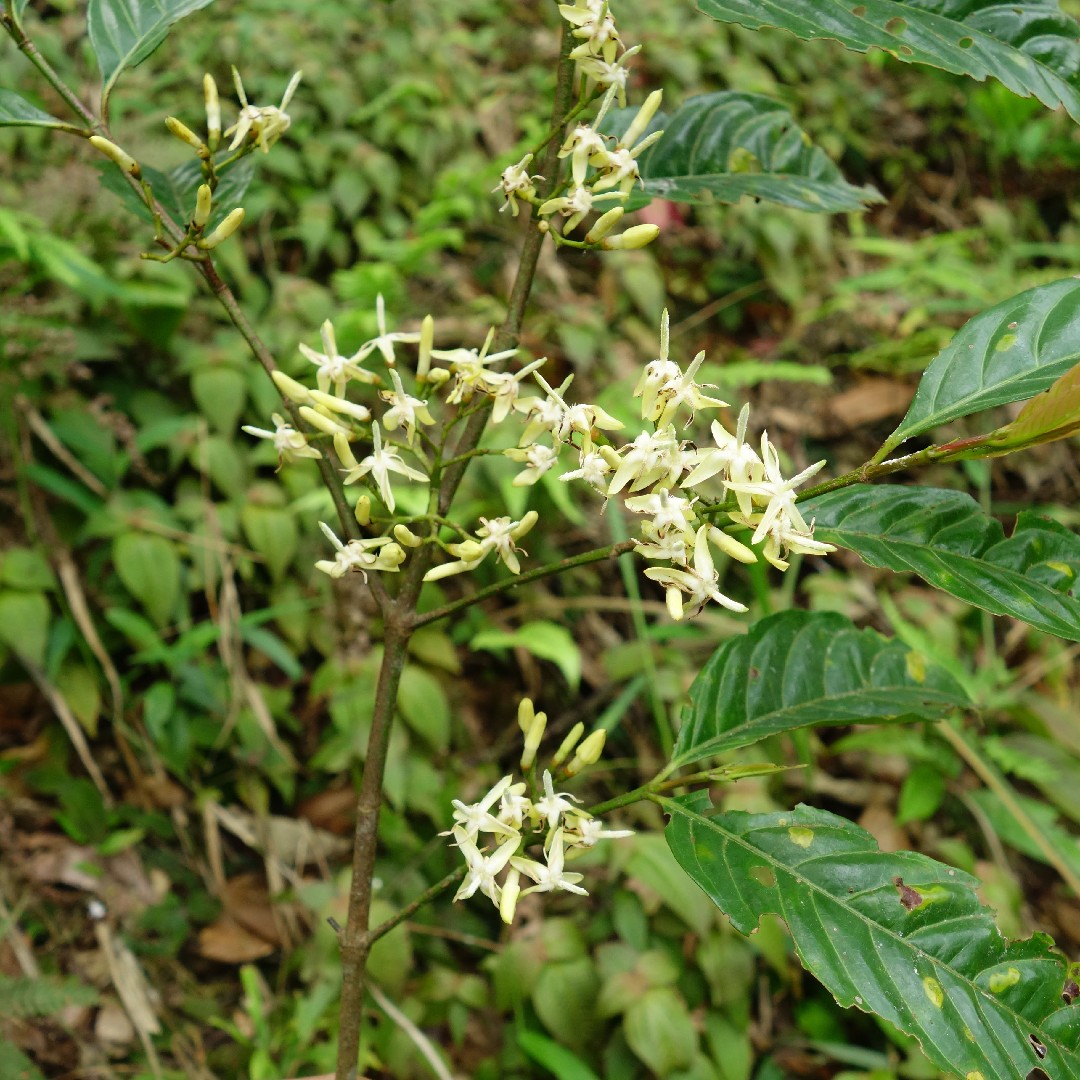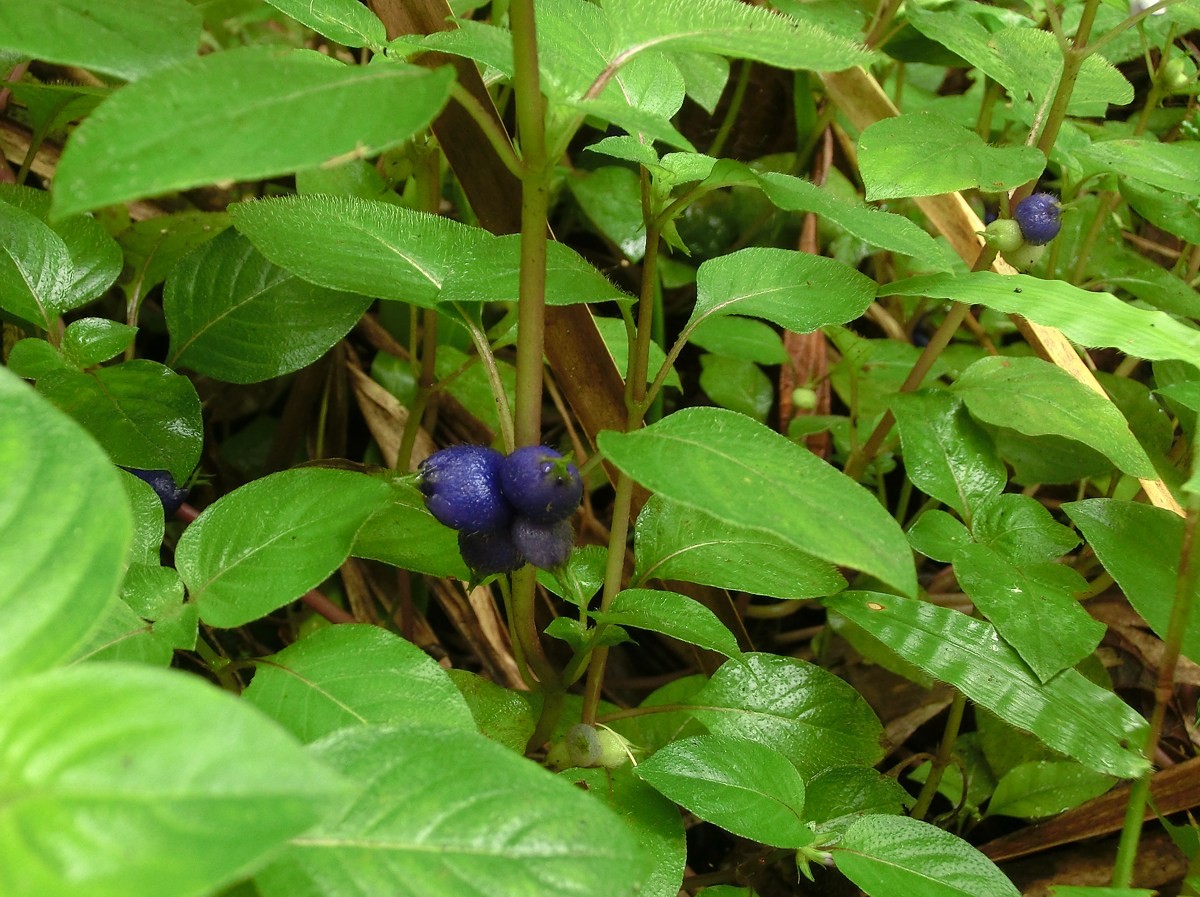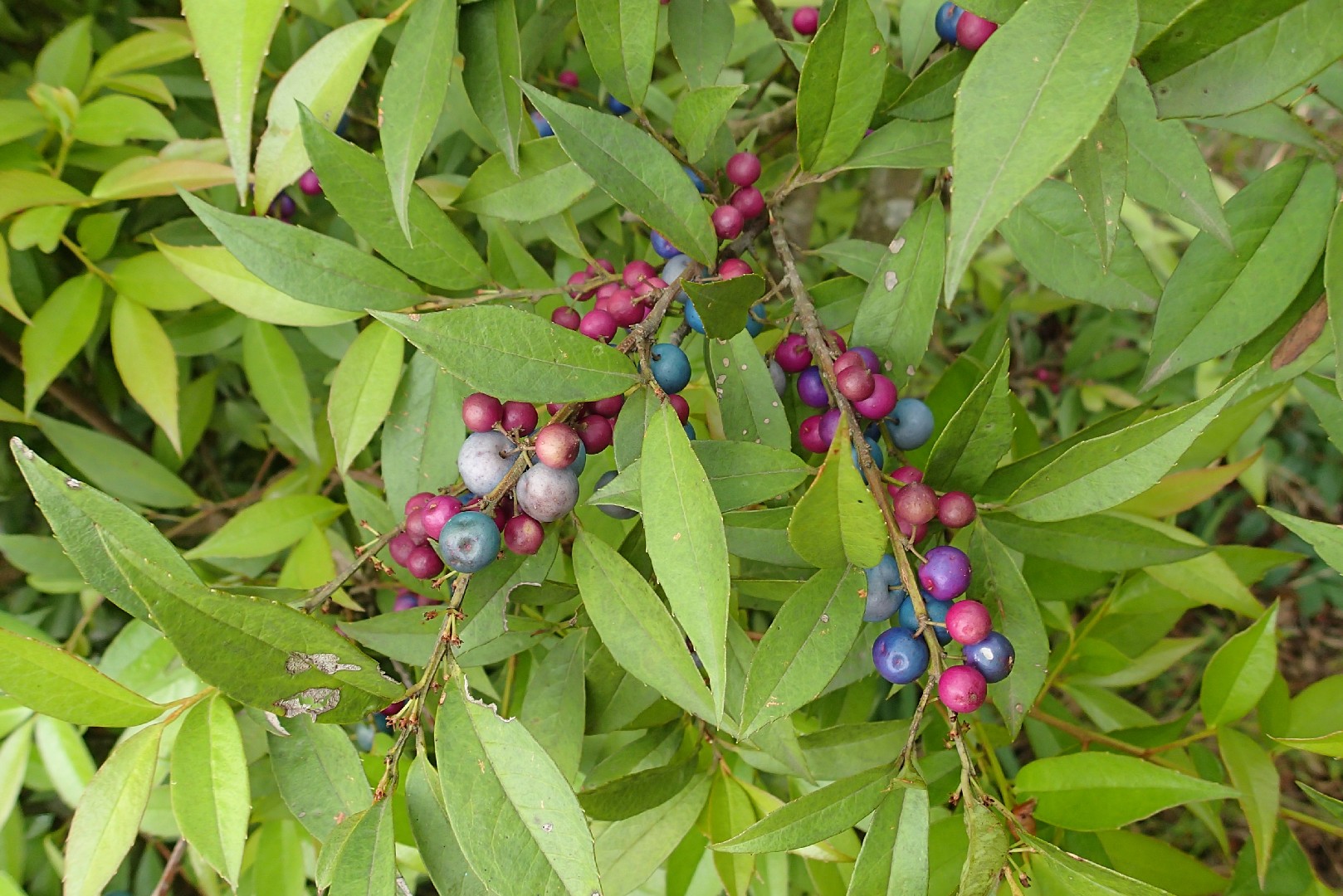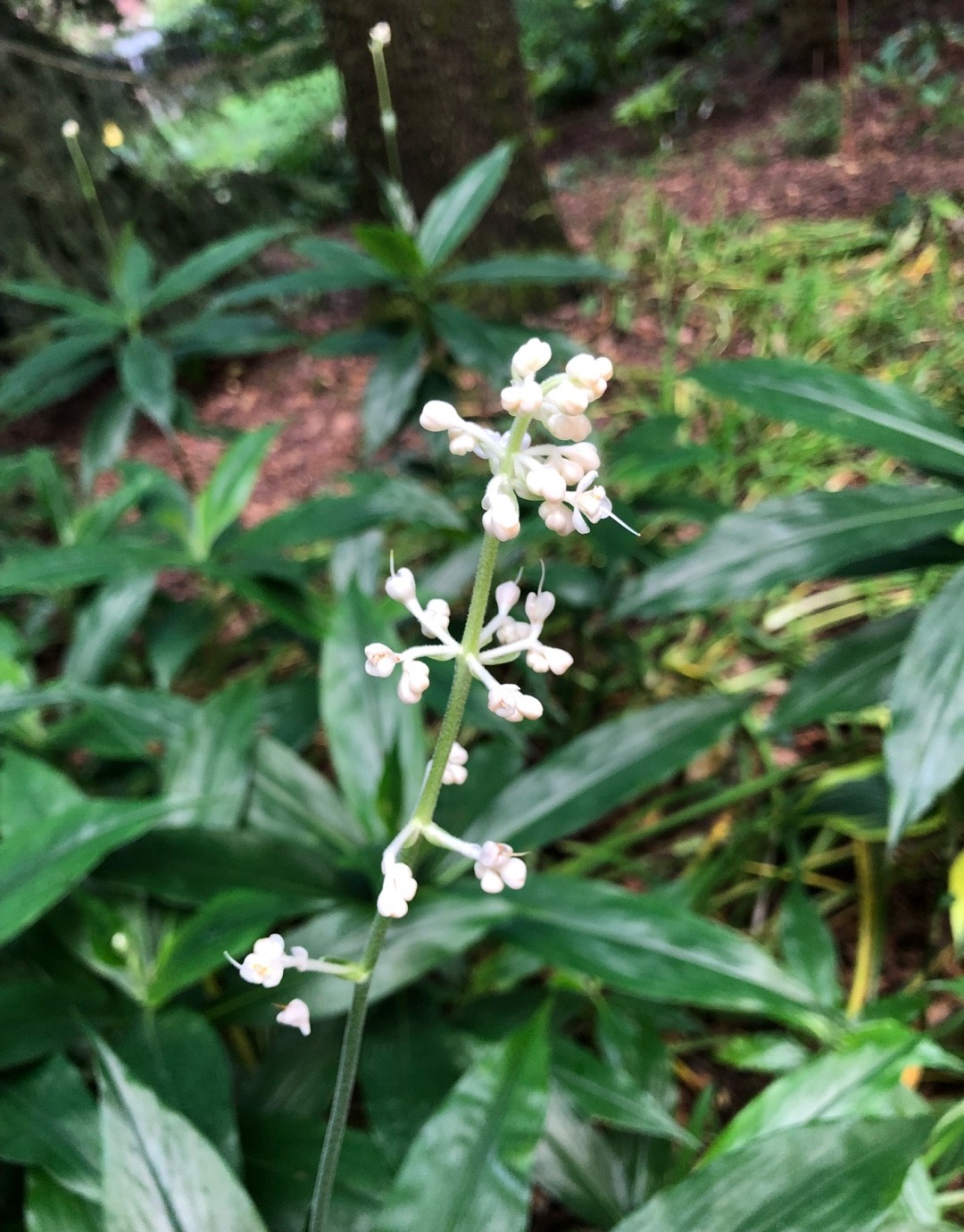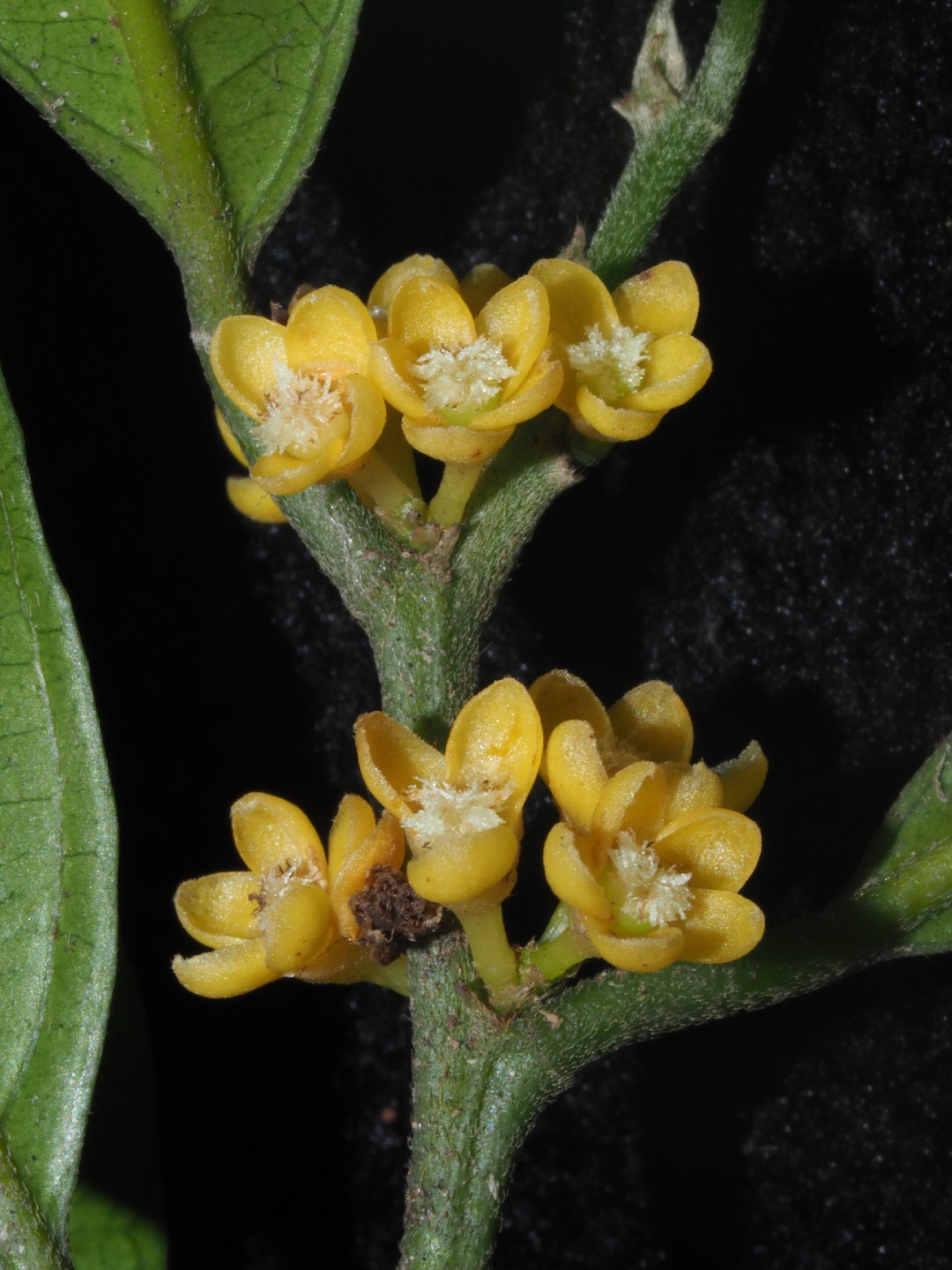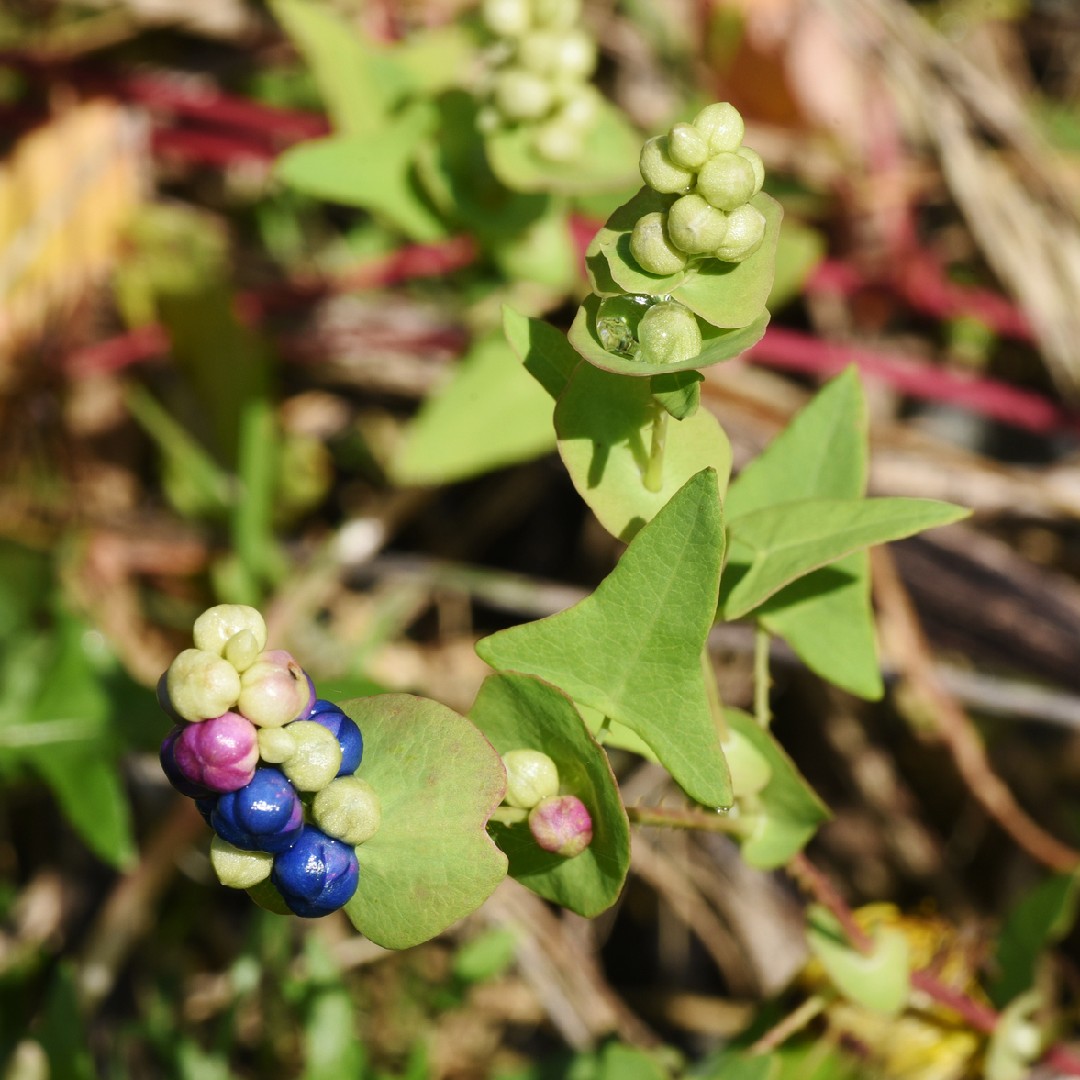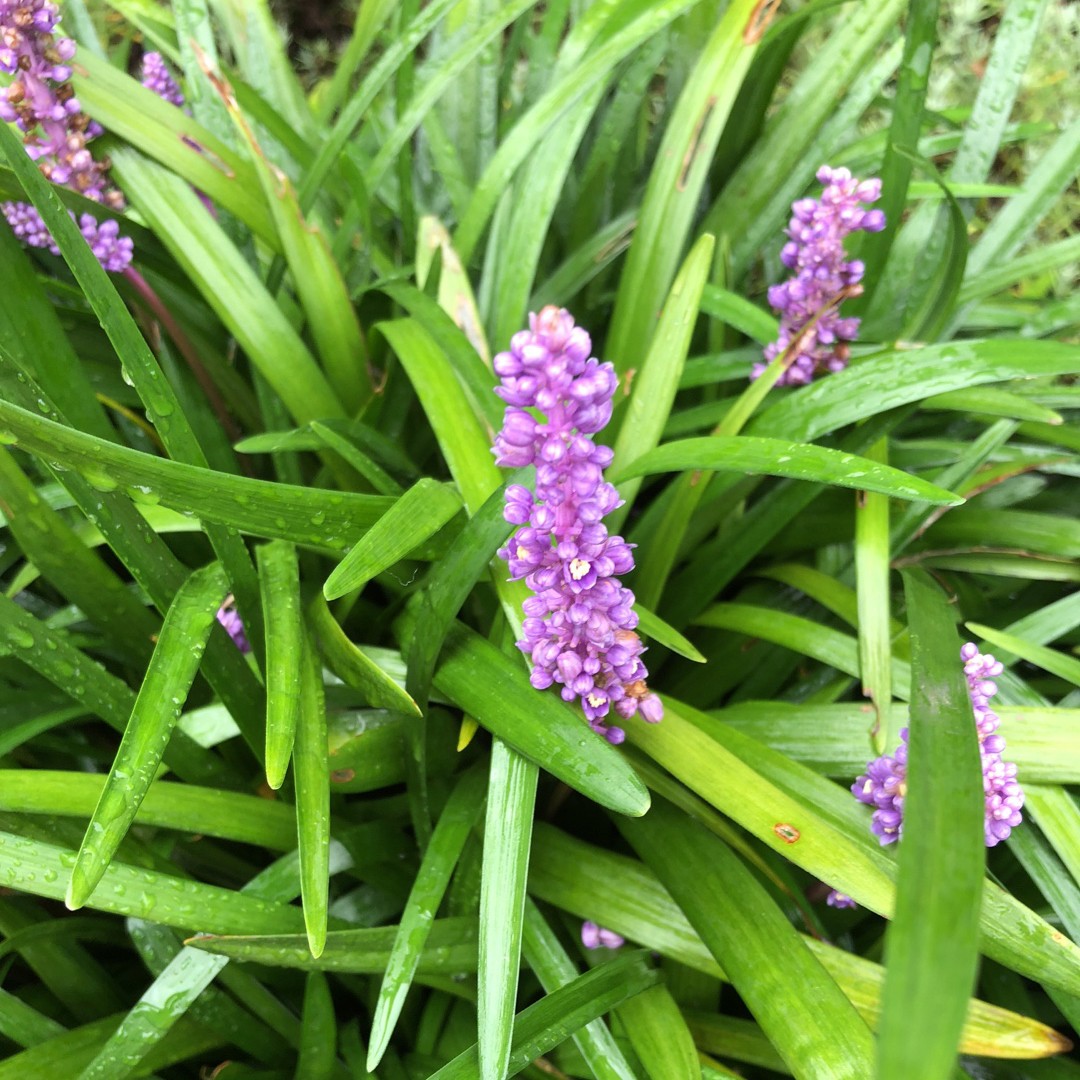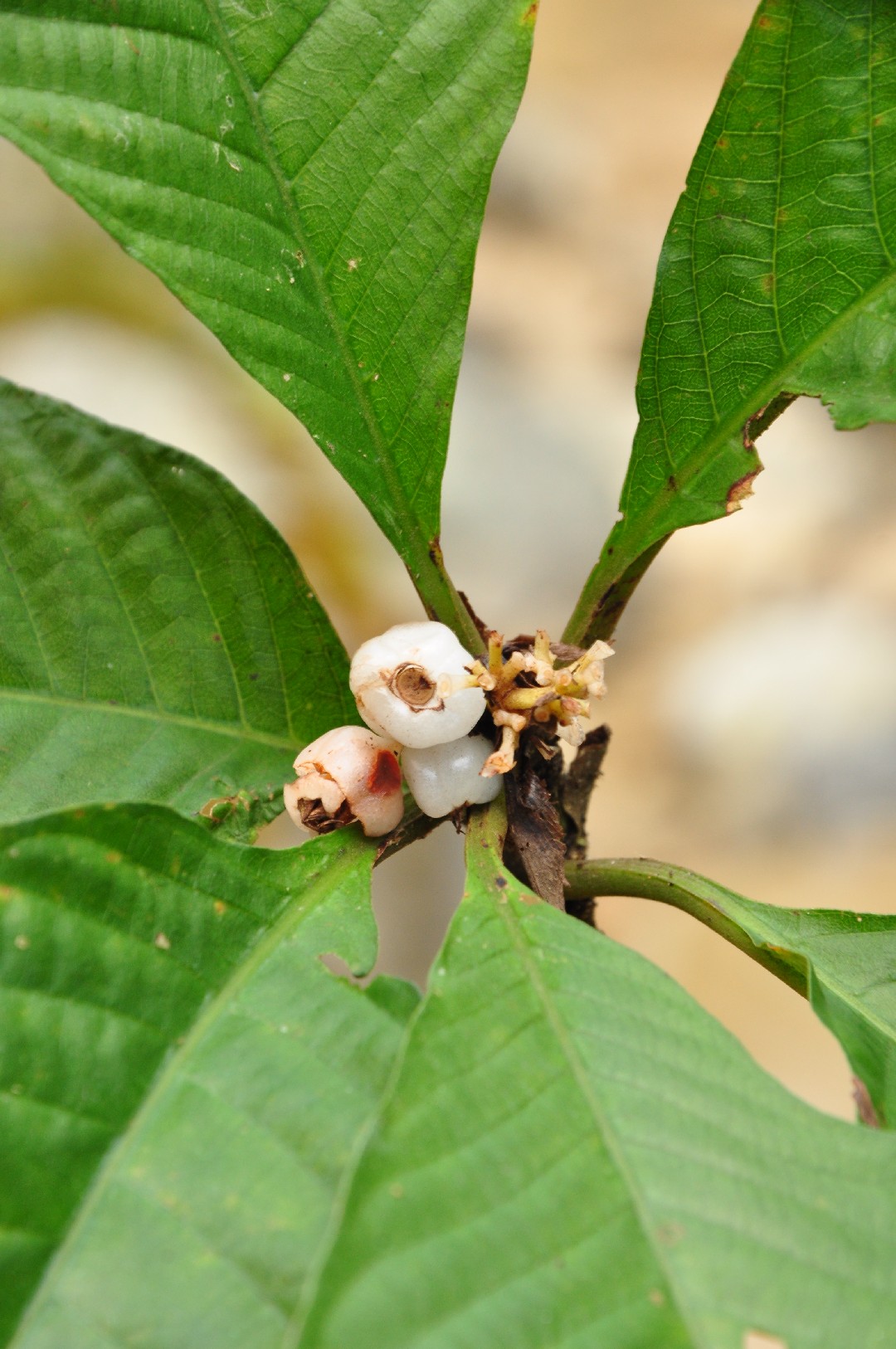What is the best way to water my Lasianthus henryi?
Your Lasianthus henryi will not be too picky about how you choose to water it. As such, you can use just about any common watering tool to moisten this plant’s soil. Watering cans, hoses, and even cups will work just fine when it is time to water your Lasianthus henryi. Regardless of which watering tool you use, you should typically apply the water directly to the soil. In doing so, you should ensure that you moisten all soil areas equally to give all parts of the root system the water it needs. It can help to use filtered water, as tap water can contain particles that are harmful to plants. It is also beneficial to use water that is at or slightly above room temperature, as colder or hotter water can be somewhat shocking to the Lasianthus henryi. However, the Lasianthus henryi usually responds well to any kind of water you give it.
![more]()
What should I do if I water my Lasianthus henryi too much or too little?
For outdoor plants, especially newly planted plants or plant seedlings, they can be prone to lack of watering. Remember that you need to keep watering enough for a few months when the tree is small or just planted. This is because once the roots are established, Lasianthus henryi can rely on rain most of the time. When your Lasianthus henryi is planted in pots, overwatering is often more likely to.When you accidentally overwater your Lasianthus henryi, you should be prepared to remedy the situation immediately. First, you should stop watering your plant right away to minimize the effect of your overwatering. After, you should consider removing your Lasianthus henryi from its pot to inspect its roots. If you find that none of the roots have developed root rot, it may be permissible to return your plant to its container. If you do discover signs of root rot, then you should trim away any roots that have been affected. You may also want to apply a fungicide to prevent further damage. Lastly, you should repot your Lasianthus henryi in soil that is well-draining. In the case of an underwatered Lasianthus henryi, simply water this plant more frequently. Underwatering is often an easy fix. If you underwater, the plant's leaves will tend to droop and dry out and fall off, and the leaves will quickly return to fullness after sufficient watering. Please correct your watering frequency as soon as underwatering occurs.
![more]()
How often should I water my Lasianthus henryi?
Most plants that grow naturally outdoors can be allowed to grow normally with rainfall. If your area lacks rainfall, consider giving your plants adequate watering every 2 weeks during the spring and fall. More frequent watering is needed in summer. In winter, when growth becomes slower and plants need less water, water more sparingly. Throughout the winter, you may not give it additional watering at all. If your Lasianthus henryi is young or newly planted, then you should water more frequently to help it establish, and mature and grow up to have more adaptable and drought tolerant plants. For potted plants, there are two main ways that you can determine how often to water your Lasianthus henryi. The first way is to set a predetermined watering schedule. If you choose this route, you should plan to water this plant about once every week or once every other week. However, this approach may not always work as it does not consider the unique conditions of the growing environment for your Lasianthus henryi . Your watering frequency can also change depending on the season. For instance, a predetermined watering schedule will likely not suffice during summer when this plant's water needs are highest. An alternative route is to set your watering frequency based on soil moisture. Typically, it is best to wait until the first two to four inches of soil, usually ⅓ to ½ depth of the pots, have dried out entirely before you give more water.
![more]()
How much water does my Lasianthus henryi need?
When it comes time to water your Lasianthus henryi, you may be surprised to find that this plant does not always need a high volume of water. Instead, if only a few inches of soil have dried since your last watering, you can support healthy growth in the Lasianthus henryi by giving it about five to ten ounces of water every time you water. You can also decide your water volume based on soil moisture. As mentioned above, you should note how many inches of soil have dried out between waterings. A surefire way to make sure your Lasianthus henryi gets the moisture it needs is to supply enough water to moisten all the soil layers that became dry since the last time you watered. If more than half of the soil has become dry, you should consider giving more water than usual. In those cases, continue adding water until you see excess water draining from your pot’s drainage holes. If your Lasianthus henryi is planted in an area that gets plenty of rain outdoors, it may not need additional watering. When the Lasianthus henryi is young or just getting established, make sure it gets 1-2 inches of rain per week. As it continues to grow and establish, it can survive entirely on rainwater and only when the weather is hot and there is no rainfall at all for 2-3 weeks, then consider giving your Lasianthus henryi a full watering to prevent them from suffering stress.
![more]()
How can I tell if i'm watering my Lasianthus henryi enough?
Overwatering is a far more common problem for the Lasianthus henryi, and there are several signs you should look for when this occurs. Generally, an overwatered Lasianthus henryi will have yellowing leaves and may even drop some leaves. Also, overwatering can cause the overall structure of your plant to shrivel and may also promote root rot. On the other hand, an underwatered Lasianthus henryi will also begin to wilt. It may also display leaves that are brown or brittle to the touch. Whether you see signs of overwatering or underwatering, you should be prepared to intervene and restore the health of your Lasianthus henryi.
![more]()
How can I water my Lasianthus henryi at different growth stages?
When the Lasianthus henryi is very young, such as when it is in a seedling stage, you will need to give it more water than you would if it were at a mature age. During the early stages of this plant’s life, it is important to keep the soil consistently moist to encourage root development. The same is true for any Lasianthus henryi that you have transplanted to a new growing location. Also, the Lasianthus henryi can develop showy flowers and fruits when you give them the correct care. If your Lasianthus henryi is in a flowering or fruiting phase, you will likely need to give a bit more water than you usually would to support these plant structures.
![more]()
How can I water my Lasianthus henryi through the seasons?
The seasonal changes will affect how often you water your Lasianthus henryi. Mainly, during the hottest summer months, you will likely need to increase how much you water this plant, especially if it grows in an area that receives ample sunlight. Strong summer sunlight can cause soil to dry out much faster than usual, meaning that you’ll need to water more frequently. By contrast, your Lasianthus henryi will need much less water during the winter, as it will not be in an active growing phase. During winter, you can get by with watering once every 2 to 3 weeks or sometimes not at all. For those growing this plant indoors, you should be somewhat wary of appliances such as air conditioners, which can cause your plant to dry out more quickly, which also calls for more frequent watering.
![more]()
What's the difference between watering my Lasianthus henryi indoors vs outdoors?
In some cases, your Lasianthus henryi may not need any supplemental watering when it grows outside and will survive on rainwater alone. However, if you live in an area of little to no rain, you should water this plant about every two weeks. If you belong to the group of people who live out of this plant's natural hardiness zone, you should grow it indoors. In an indoor setting, you should monitor your plant's soil as it can dry out more quickly when it is in a container or when it is exposed to HVAC units such as air conditioners. Those drying factors will lead you to water this plant a bit more often than if you grew it outdoors.
![more]()
What is the optimal temperature for Lasianthus henryi?
The best temperature for Lasianthus henryi to thrive is 65~80℉(18~27℃). During the primary growing phase, the highest temperature tolerable would be 95℉(35℃), while the lowest tolerable temperature would be 15℉(-10℃). This species is tolerant of low temperatures and will survive freezing winters. The perfect, highest, and lowest temperature range: Perfect:65~80℉(18~27℃) Highest:85~95℉(30~35℃) Lowest:-5~15℉(-20~-10℃) or below
![more]()
Should I adjust the temperature for Lasianthus henryi during different growing phases?
Research shows that Lasianthus henryi will begin to exhibit signs of stunted growth during prolonged periods of higher temperatures, especially during the development of axillary buds and the growth of main shoots. Keeping the temperatures consistent and cooler, around 65℉(18℃), will encourage vigorous growth after germination or transplanting.
![more]()
How can I keep Lasianthus henryi warm in cold seasons?
Lasianthus henryi can withstand freezing temperatures when planted in the ground in areas that don’t get below of 15℉(-10℃) as an extreme temperature during the winter months. But if planted in pots or containers, then their roots must be protected from the winter cold. Do this by wrapping the container in a blanket or bringing it inside where it will be fully protected from the elements.
![more]()
What damage will Lasianthus henryi suffer if the temperature is too high/low?
Greater harm will come to Lasianthus henryi if the temperature is consistently too high versus too low. If Lasianthus henryi gets too hot, seed germination and photosynthesis efficiency is lessened due to hormone triggers caused by heat stress. The plant will show signs through wilting, leaf browning, and potentially death. If Lasianthus henryi gets too cold, plant functions such as nutrient uptake and photosynthesis will cease, resulting in the possible death of the plant. If a single freezing event occurs during the growing season, then a membrane phase transition might occur, which can cause a cease in plant functions and death of the plant.
![more]()
What tips and cautions should I keep in mind when it comes to temperature for Lasianthus henryi?
Keeping the soil temperature consistent is one of the most important strategies to keeping Lasianthus henryi healthy, which leads to successful budding, flowering, and new growth. Do this by consistently watering, adding mulch to bare soil, and planting in the shade.
![more]()
How can I keep Lasianthus henryi warm without a heat pad?
Due to the cold tolerance of Lasianthus henryi, heating pads will not be necessary if planted outside in the ground. If the plant is in an outdoor pot, then bring it inside a heated house and place it in a sunny window during the winter months.
![more]()
How can I provide Lasianthus henryi with an adequate temperature condition?
To ensure adequate temperature conditions are present, plant Lasianthus henryi in an area with partial shade. If possible, use afternoon shade to provide the best protection during the hottest part of the day. This will also result in lower temperatures in the soil due to increased moisture retention. If Lasianthus henryi is planted indoors, then keep the container away from windows and out of direct sunlight during the summer months to prevent the soil temperature from spiking daily.
![more]()
How can I save Lasianthus henryi from temperature damage?
During the summer or times of high heat, give Lasianthus henryi extra shade and water to help cool its leaves, roots, and soil. During cold snaps or growing season freezes, cover sensitive budding vegetation with frost cloth or water using sprinkler systems. If it’s only nearing freezing temperatures for a short period, then water during the day several hours before the freeze. If the temperature is predicted to remain below freezing for an extended period, then keep the sprinkler running until the temperature rises above freezing the following day.
![more]()
Should I adjust the temperature for Lasianthus henryi in different seasons?
Lasianthus henryi is a mid-temperature plant that can easily tolerate the typical fluctuations of the seasons and remain a hardy species when planted in maintained landscapes areas, containers, or indoors. Therefore, adjusting the temperature during the different seasons is unnecessary for primary growth. If flowering is stunted or impeded, then allowing the plant to experience a season of winter freeze could help to revive flowering.
![more]()
Under what conditions should I stop adjusting the temperature for Lasianthus henryi?
If it becomes too difficult to lower the temperature for an indoor plant during the summer, then plant it outside in the ground or in a container. Make sure to plant Lasianthus henryi in a shaded location and water often to keep the soil moist.
![more]()








